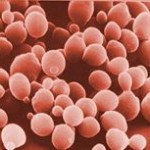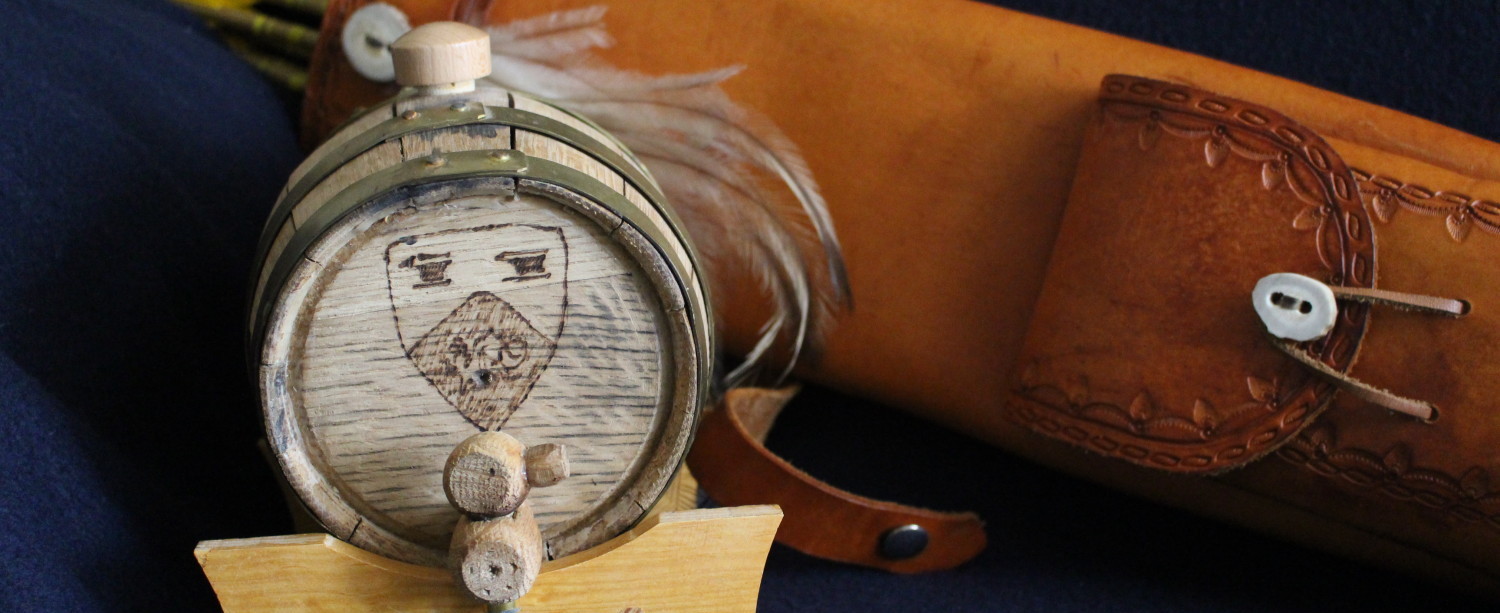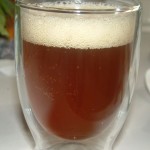Adventures in Yeast VI
It is time to wrap up this series of posts on the development/evolution of lager yeasts from the 15th/16th centuries to today.
Summary of Previous Posts. Evidence suggests that the ability to ferment beer at low temperatures emerged in the 15th/16th century in central Europe (Bavaria/Bohemia) possibly due to two events. First, it appears as if the traditional  ale yeast (S. Cerevisiae) formed a hybrid with an “alien” yeast (S. eubayanus) to produce what we now refer to as “lager” yeasts (S. Pastorianus or S. Carlsbergensis). S. eubayanus is sometimes called alien because it has never been isolated in the wild in Europe. This resulting hybrid possesses the ability to ferment at cold temperatures. Second, selective pressure on the resulting hybrids by German brewers who purportedly brewed in winter months due to local restrictions promoted these cold temperature characteristics.
ale yeast (S. Cerevisiae) formed a hybrid with an “alien” yeast (S. eubayanus) to produce what we now refer to as “lager” yeasts (S. Pastorianus or S. Carlsbergensis). S. eubayanus is sometimes called alien because it has never been isolated in the wild in Europe. This resulting hybrid possesses the ability to ferment at cold temperatures. Second, selective pressure on the resulting hybrids by German brewers who purportedly brewed in winter months due to local restrictions promoted these cold temperature characteristics.
As a result of two separate hybridization events (Baker, et al. 2015), we now have lager yeasts that differ in genotype and phenotype: the Saaz and Frohberg strains. These two strains behave somewhat differently (see Adventures in Yeast IV) from one another, but are used as the primary yeasts in the brewing of lager beer worldwide.
Where are we heading? Studies by Krogerus, et al., (2015; cited in Adventures in Yeast V) and a new publication by Mertens, et al. (2015) may give us some hints. Lager beer has long been prized for its crisp, clean, malt-forward characteristics as compared to ales that tend to derive many flavors from esters and phenols produced by yeast. Is it possible to develop interspecific hybrid lager yeasts that ferment at lower temperatures, but also impart desirable flavor components? Mertens, et al. did just that.
In their study, Mertens, et al. developed 31 interspecific hybrids and tested them on a variety of dimensions including cold tolerance, fermentation capacity, and aroma profiles. To make a long story short, they found that many of these hybrids had fermentation capacities and cold tolerances that exceeded their parental strains. A small number of the hybrids were used to ferment a standard wort and were then tasted by an expert panel. Some of these hybrids produced fruity aromas and flavors that the panel deemed pleasant. Chemical analyses verified the tasters’ impressions of these lagers showing enhanced levels of esters such as isoamyl acetate. The article is a good read and full-text can be found online.
While this research on the biodiversity of lager yeasts is still in the laboratory, it presents of picture of what might happen in the future. Up to the present, brewers have had a limited set of lager yeasts available to them. Most likely this was driven by the economics of lager production. Lagers, particularly Pilsners, dominate the worldwide beer market. Apparently, the vast majority of consumers of these beers desire a uniformity and consistency of flavor/aroma. Consequently, the big brewers have no particular stake in producing “new” flavors from newly developed yeast hybrids. The burgeoning craft brewing and home brewing movement has no such motivation. In fact, craft and home brewers are well known for their innovation and creativity. Imagine what they would do with new commercially available lager yeasts that deviate in character from the limited set now available. We may be on the verge of some major changes in the way that we define “lager.” We may need to develop new “hybrid” categories. 🙂
What began as a discovery of the origins of lager beer yeasts in central Europe in the Middle Ages (Libkind, et al., 2011) has now led us to some exciting possibilities for the future production of beer. Will a “revolution” in beer-making in Medieval Europe underlie a similar “revolution” in the 21st century? I hope so!
Reference
Krogerus, K., Magalhaes, F., Vidgren, V., & Gibson, B. (2015). New lager yeast strains generated by interspecific hybridization. Journal of Industrial Microbiology and Biotechnology, 42, 769-778.
Libkind, D., Hittinger, C. T., Valerio, E., Goncalves, C., Dover, J, Johnston, M., Goncalves, P., & Sampaio, J. P. (2011). Microbe domestication and the identification of the wild genetic stock of lager-brewing yeast. Proceedings of the National Academy of Sciences, 108, 14539-14544.
Mertens, S., Steensels, J., Saels, V., De Rouck, G., Aerts, G., & Verstrepen, K. J. (2015). A large set of newly created interspecific Saccharomyces hybrids increases aromatic diversity in lager beer. Applied and Environmental Microbiology, 81, 8202-8214.


Comments
Adventures in Yeast VI — No Comments
HTML tags allowed in your comment: <a href="" title=""> <abbr title=""> <acronym title=""> <b> <blockquote cite=""> <cite> <code> <del datetime=""> <em> <i> <q cite=""> <s> <strike> <strong>